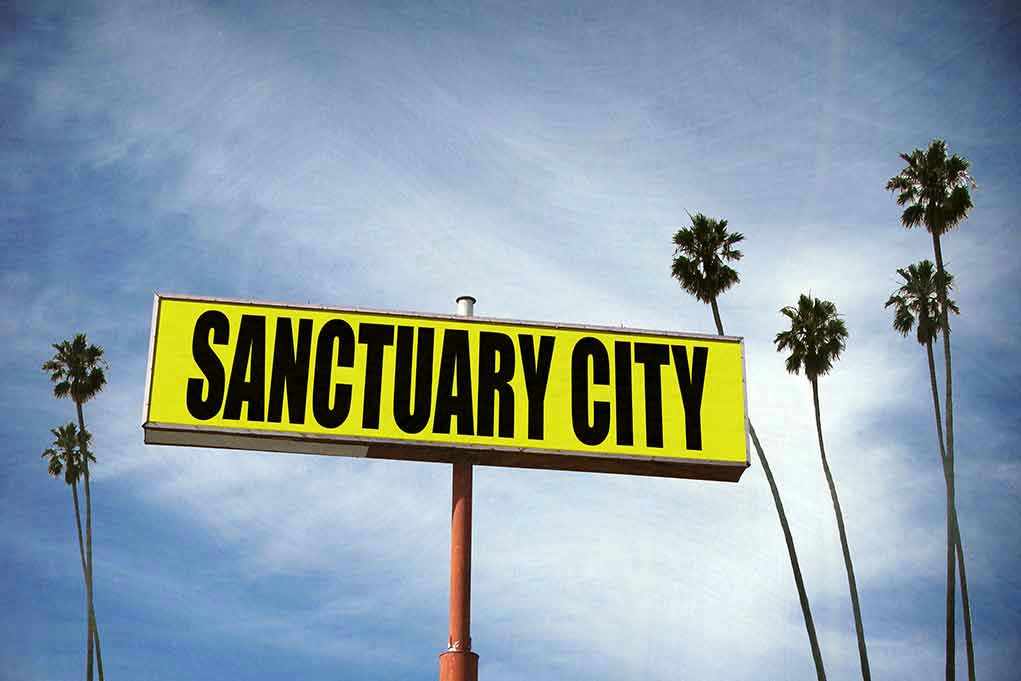
A former ICE director warns that sanctuary cities are “ticking time bombs,” igniting debate over public safety and immigration policies.
Story Overview
- John Torres, ex-ICE director, calls illegal migrants in sanctuary cities “ticking time bombs.”
- The statement underscores ongoing concerns about sanctuary policies and public safety.
- Sanctuary policies limit cooperation between local and federal authorities.
- Discussion continues over the balance between immigrant rights and law enforcement.
Former ICE Director’s Provocative Statement
On August 5, 2025, John Torres, former acting director of U.S. Immigration and Customs Enforcement (ICE), described illegal migrants in sanctuary cities as “ticking time bombs” during an interview with Newsmax. Torres’ remarks highlight concerns among law enforcement about sanctuary policies that limit cooperation between local authorities and ICE, potentially shielding undocumented immigrants from deportation. This statement, coming from a high-ranking former official, has intensified the debate over the safety risks associated with sanctuary jurisdictions.
Sanctuary policies, often adopted by large urban areas, aim to foster trust between immigrant communities and local law enforcement. These policies emerged in the 1980s as a response to federal immigration crackdowns and have expanded since. Critics, however, argue they provide safe havens for criminals, posing a threat to public safety. The debate over these policies remains polarized, with both sides presenting conflicting data on their impact on crime rates.
The Historical Context of Sanctuary Policies
Sanctuary city policies trace back to the 1980s, originally aimed at protecting Central American refugees. Over time, these policies evolved to resist federal immigration enforcement efforts. Under these policies, local authorities often refuse to honor ICE detainers or share information about undocumented immigrants unless legally required. This creates ongoing tension between federal and local governments over jurisdictional authority and enforcement priorities.
Historically, high-profile crimes committed by undocumented immigrants have reignited debates over sanctuary policies. For example, the 2015 killing of Kate Steinle in San Francisco by an undocumented immigrant released by local authorities became a flashpoint in the sanctuary city debate. Such incidents underscore the complexities and emotional charge surrounding this issue.
Impact and Future Implications
The immediate impact of Torres’ statement may be renewed calls for policy changes and heightened scrutiny on sanctuary cities. In the long term, the debate over sanctuary cities is expected to persist, influencing immigration policy and federal-local government relations. Immigrant communities may face increased fear and scrutiny, while local governments could experience pressure from both federal authorities and constituents.
Economically, sanctuary policies can affect local economies by influencing immigrant participation, while socially, they impact trust between immigrant communities and law enforcement. Politically, the issue remains a divisive topic in national and local elections, with law enforcement agencies and media continuing to shape public perception and policy discourse.
Sources:
John P. Torres’ professional background and ICE leadership
Industry Voice: A Conversation with John Torres
John Torres’ Profile on Clay Earth
Success AI Profile: John Torres











